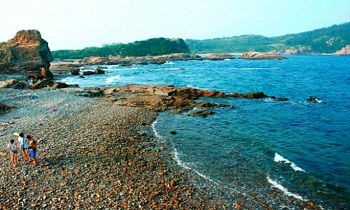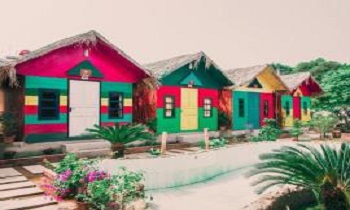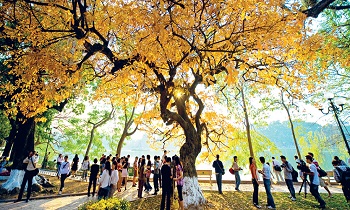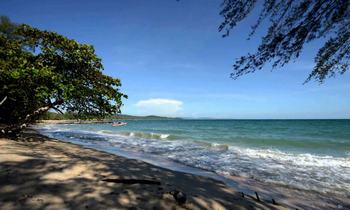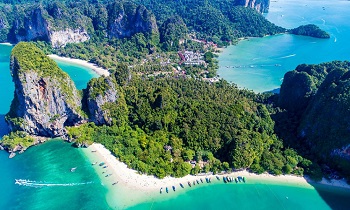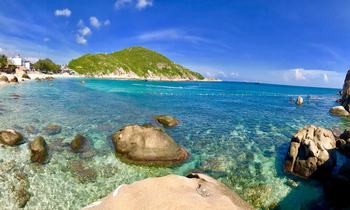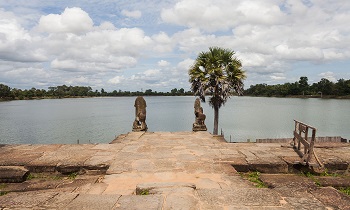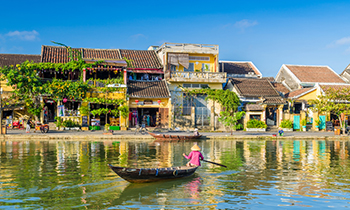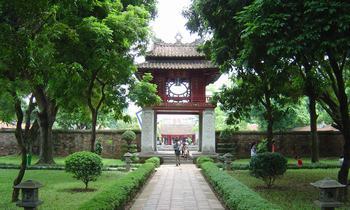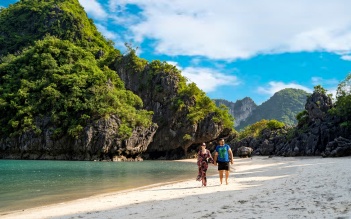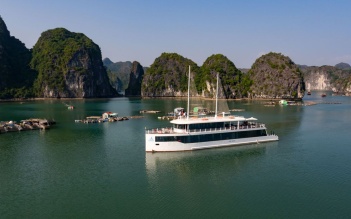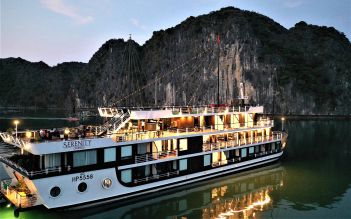
Let’s learn about the culture of Central Vietnam
From rocky inlets, marvelous caves to sandy beaches and unique temples, Vietnam’s central part is one of the most striking regions in the nation. This is an area of natural beauty, cultural highlights and historical significance, home to fantastic cities. The Central Vietnam culture has been still lesser-known for travelers outside the country. Here are some traits of the Central Vietnam culture which you may want to know. Do not forget to take Vietnam tours packages to get more information about how to travel around Vietnam.
The influences of Cham’s culture
The Central is a very crucial location of Vietnamese history and culture. It holds a profoundly pivotal role throughout the country history. The imprints of the long and frequently dramatic history of Central Vietnam offer visitors an insight into the ups and downs of the past and make this one of the most amazing parts of Vietnam to visit.
The heartland of the ancient Champa Kingdom was located in Central Vietnam and initially stretched from Hue to the Southern part of Nha Trang and later to the area of Phan Rang (Binh Thuan). The Champa people were Hindus during the time when My Son was used as a temple site until 1,400 A.D. Being 40 kilometers away from Hoi An by road, My Son was assumed to be the most important Champa ruins, which has still survived in Vietnam by UNESCO.
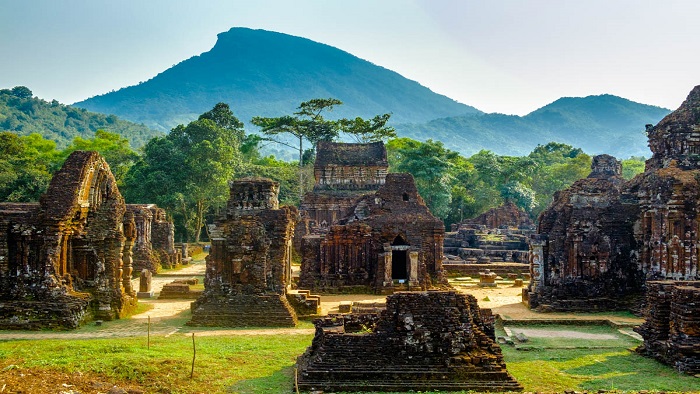
My Son sanctuary (via mylittleadventure.com)
At that time, Champa Kingdom was extremely crowded with the commercial works in Hoi An, while the political center was Tra Kieu and the spiritual center was in My Son. Until the 19th century, Hoi An town was a major international trading port, compared to Melaka and Macau. This ancient town is the only surviving port in Vietnam, which still remains fairly intact as it was over 200 years ago until now.
The Champa people were talented seafarers (and also pirates) who owned many ships and traded extensively with the neighbor countries such as China, Java, India, etc. In another part of Cham culture, hemp was planted to make clothes for Champa people. Nowadays, hemp is still grown by some small Champa groups around Nha Trang but just for themselves.
Due to being affected by the wars, the last Champa settlement was annexed by the Vietnamese forces at the beginning of the 19th century. Some of them had to escape to other neighbor countries like Cambodia or Thailand.
The Cham culture is rich and diverse because of the combination of native culture (maritime culture, plains culture, and mountain culture) and foreign culture also (Indian culture, Buddhism; Islam, early Chinese influences on language). Nowadays, the sculptures and architecture of Champa culture can still be found at the Champa temples, providing valuable information about Cham aspects including history, construction techniques, and art, through analysis and interpretation of inscriptions and architecture styles.
Food culture
The topography of Central Vietnam is characterized by the popular presence of mountains and hills which favors the availability and variety of spices. Therefore, the spicy cuisine is the most famous trait of Central Vietnam food. In the central part, people use much spicy and sour in their meal but less sweet than in the Southern part.
Hue cuisine is supposed to be the cradle of Central Vietnam gastronomy. Hue cuisine consists of two kinds, including royal one and folk one. The royal cuisine is characterized by many small dishes on the tray, which express the elegance, prosperity and wealth. These dishes are decorated sophisticatedly with many colors. Hue folk cuisine is based on the cooking and adorning techniques as well as eating habits of Hue people. A meal of Hue citizen has a naturally and perfectly harmonic combination between the dishes' flavors and colors, which creates a unique feature in the regional gastronomy.
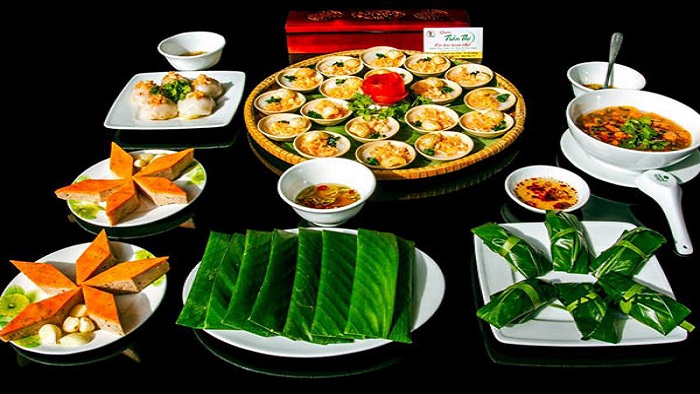
Kinds of Hue food
Hue has been famous for many kinds of traditional noodle and cakes such as Bun Bo Hue (Spicy beef noodle) and Banh Xeo (Vietnamese savory crepe). Whether royal or folk cuisine, Central Vietnam food always makes eaters remember forever by its own exquisite flavor.
Fish worshipping
In Central Vietnam, many people make a living by fishing. Therefore they worship the Whale not only because they want to show their respect for the Gods but also pray for the prosperity of the whole community. "Mr." is an honorable name that Vietnamese fisherman call the whale which usually saves the fishermen from the accidents in their fishing journeys. Every time a whale is found to drift on the shore, the first person to find out him will become the chairman and be in charge of organizing the funeral of this whale.
Every year, after the new year holiday, the fishermen in Central Vietnam hold Cau Ngu festival (fish worshipping festival) to wish for their safety and good fortune in the new fishing season. Cau Ngu festival is popular in the coastal areas in Central Vietnam such as Nha Trang, Danang, Quang Nam, etc.

Cau Ngu festival
Cau Ngu festival usually takes place in 2 days. The first day is a less important ceremony. The second day is the most important part.
During the Cau Ngu festival, the altar is adorned lavishly with colorful flags and other necessary accessories. All families place the offerings on the altars. The boats are decorated with flowers and lanterns. The village chooses a group of people who are in charge of praying to heaven and god of the sea. The chairman will read the oration to express the gratitude for the whale's spirit and to pray for a safe fishing trip as well as a peaceful and prosperous life. Cau Ngu festival often includes traditional games like football matches, sailing or swimming competition, etc.
Central Vietnam is famed for its well-preserved historical sights, smiling locals, and extraordinary natural beauty. These above ones are some characteristics of the Central Vietnam culture. There are more and more fascinating things which are waiting for you to be explored. Do not hesitate to visit Vietnam and get enjoyable experiences. Why don’t you stand up and take Asia tours right now? Asia is waiting for you. Share the post if you find it informative.

